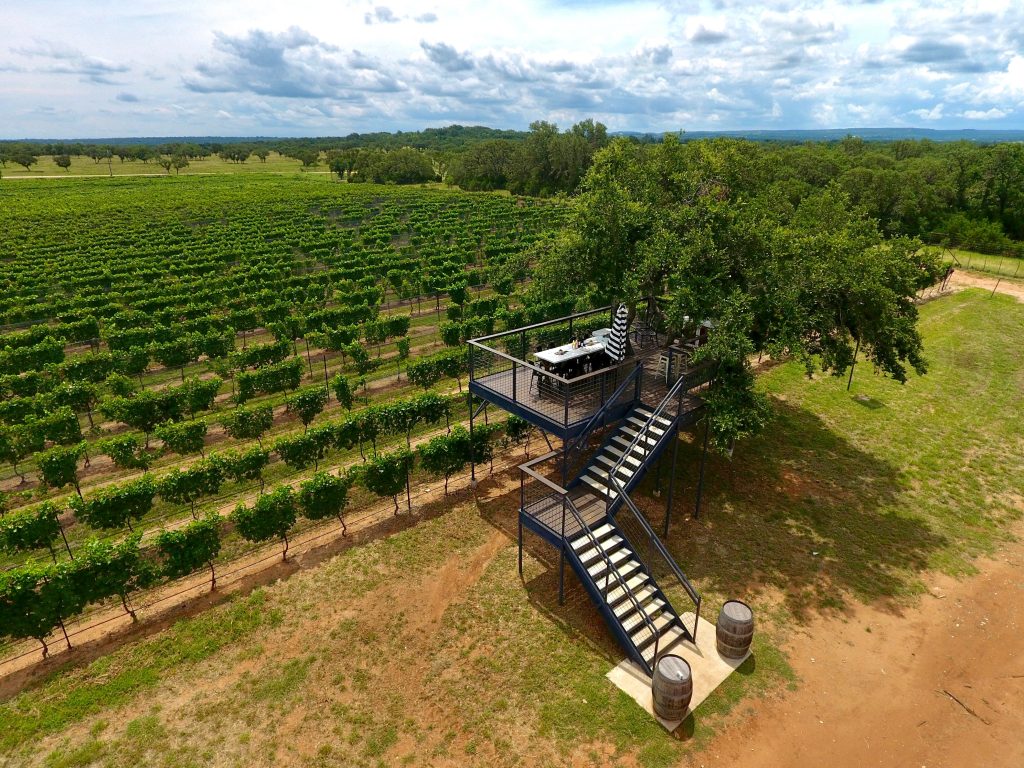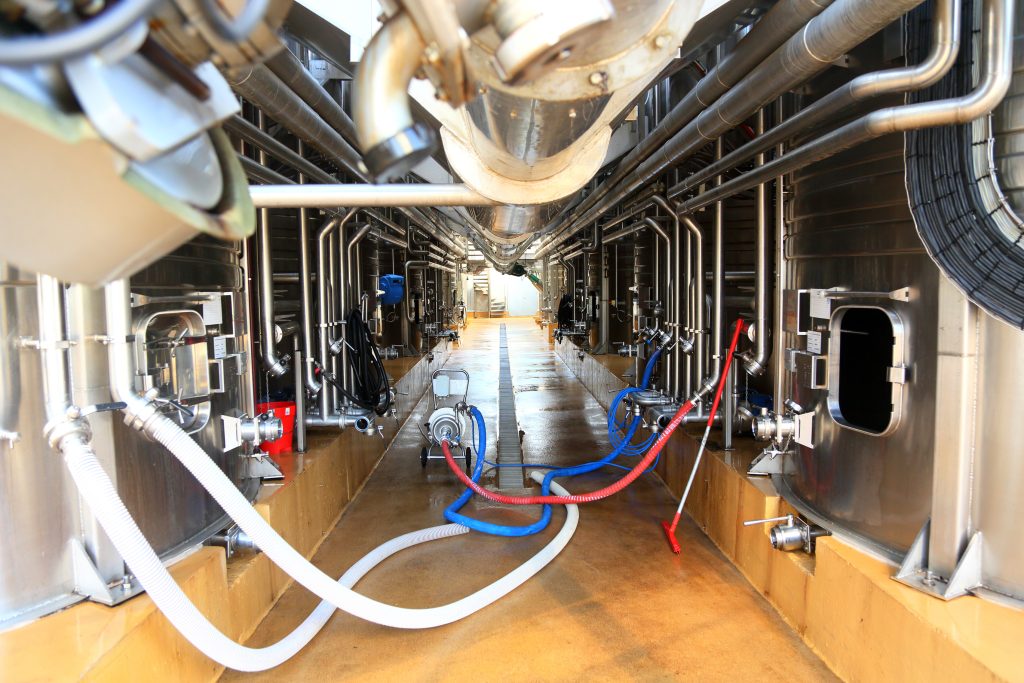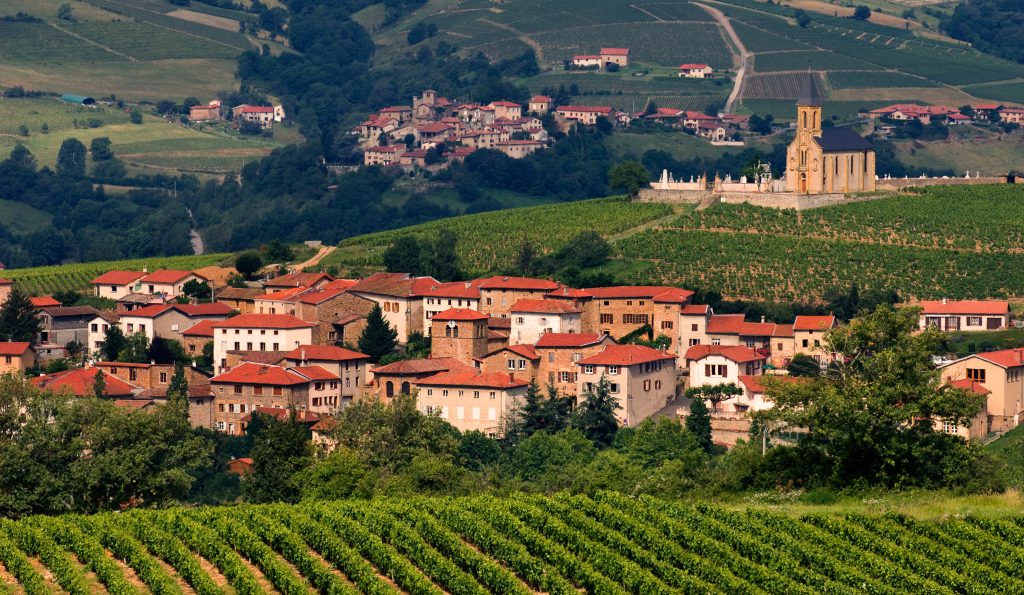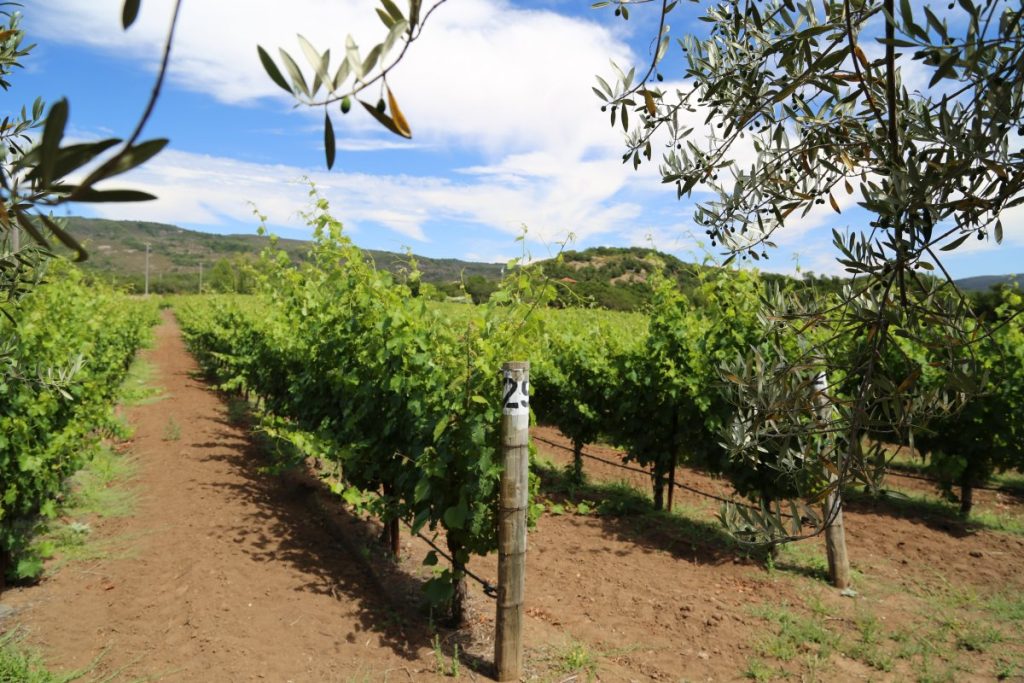
By: Craig Goodliffe, Founder & CEO — Cyberbacker
Digital innovations within the workplace are nothing new these days. With more and more people working from home, employees are becoming accustomed to relying on technology to help with work-related tasks that used to be completed in person.
Today, virtual assistants (VAs) are changing the way companies interact with and engage customers, get their name out into the market, and improve overall profits. VAs are part of the digital revolution that has reinvented the landscape of modern work, and business leaders across a wide array of industries are leveraging the skills these professionals offer to help scale their businesses, manage tasks, and free up their time.
When one thinks about viniculture and the wine industry, it may bring to mind images of vast fields of grapevines, wineries with knowledgeable sommeliers giving in-person recommendations, and an age-old, often family-based company structure. One’s mind typically will not jump to a tech-heavy culture.
However, according to a recent article in Forbes, many wine companies have not only adapted to changes in technology, but debuted some wine industry-specific innovations. For instance, some companies have outfitted their wine labels with QR codes that give consumers greater insight into the wine’s origins. The company Sparflex has developed a wine foil that allows the consumer to access animations straight from the label, and WineCab is a robotic, AI-powered sommelier; some wineries are even using drones and satellites to collect data on their vineyards.
Although the viniculture industry may not seem one “ripe for the picking” for help from virtual assistants, the wine industry has a history of adaptation to new technologies and innovations. This could make them the perfect industry to adopt the use of VAs.
What Value can VAs Bring to Winemakers and Viniculture?
Virtual assistants are remote workers who can help companies with a number of tasks, and their role has taken on new meaning as remote work has grown in popularity. Once used for mainly administrative tasks, VAs are now heading up social media campaigns, handling the entire accounting or customer service department of companies, and — in some cases — even stepping into C-suite leadership roles.
Throughout the past several years, the wine industry has faced the same challenges that many other industries have run across, including customer service concerns, supply chain issues, and a focus on employee retention in the wake of the Great Resignation. Virtual assistants can help winemakers navigate these challenges as well as many others.
One of the biggest benefits a VA can bring to the wine industry is their ability to take on tasks that may not be in the wheelhouse of a business owner, CEO, or other leaders. VAs can also be instrumental in helping leaders better focus on the tasks where they excel. Attempting to scale a business on one’s own is remarkably difficult, especially in an industry as inherently collaborative as viniculture, where different teams are responsible for harvesting the grapes, making, selling, and marketing the final product.
Studies have shown that taking on a VA can improve productivity overall in one’s business, including the wine industry, where overall productivity could make or break a winery. VAs can also help lower overall operating costs by up to 78%, which could provide crucial savings for a startup in the wine industry.
Virtual assistants can give an owner more time to focus on what they really want to do: building their businesses. Winemakers may be surprised at how adaptable and multi-faceted VAs are, and what they can do to help a winery, vineyard, or wine store scale.
Running and managing social media accounts
It can be difficult — if not completely impossible — to run a successful business these days without using social media effectively. Many people may not know how to leverage social media for their wine business, but there are VAs who are highly skilled in areas of social media marketing and engagement that can help one uplevel their business.
Social media is largely about visuals, and one may wonder how someone who may work halfway around the world can help with the visual marketing of a business that is in, say, Napa Valley. Yet, because so many aspects of the modern workplace have been digitized, it’s extremely easy for a VA to take images or videos from a winery’s events — or even its wine-making process itself — and use those on social media sites to further establish its brand presence.
VAs can also handle the engagement side of social media, which can be one of the most time-consuming aspects of digital marketing. After all, customers who are interested in your product because they saw some compelling images online will want to engage with your brand by liking, following, and sharing your content on social media.
According to research, 70% of adults use Facebook, many of whom use their connections to brands on social media to make purchase decisions. When a brand actively engages with followers online, it increases the likelihood that the person with whom they are engaged will return to make a purchase.
In this regard, VAs can also handle the involved job of social media advertising. Running social media ads is highly effective. In fact, that same research shows that 49% of people will be more apt to purchase an item if they see an ad for it on social media. However, running, organizing, and keeping on top of social media ads can be tricky — even for social media-savvy CEOs. Having a person whose top priority is to run and track social media ads can greatly improve a company’s reach and revenue.
Instagram is where social media users go for imagery, and where a winery’s brand presence could easily entice customers with beautiful pictures and engaging video content. Instagram is all about meeting wine enthusiasts where they are, as these consumers are the ones sharing their own pictures of vineyards, bottles, and glasses of their favorite wines.
Instagram posts that tend to garner the most engagement are those that highlight the human element of the business behind the screen. A great example is Tank Winery, which has harnessed the power of Instagram with personal, informative, and entertaining stories and posts that grab attention. Virtual assistants that are well-versed in the visual-heavy Instagram approach can help uplevel a business’ presence on the platform by consistently posting engaging content.
Tiktok
As of September 2022, TikTok is the most downloaded social media app in the US for the third year in a row. Many VAs are also TikTok experts and can help a winery or vineyard get its head around what is likely to “go viral” on the popular platform. TikTok can be a great platform for robust marketing strategies and interesting dives into wine-related content, be they virtual tastings, or informative videos about a particular wine or brand.
Consistency is key with all social media platform posting. Some studies show that businesses should post 1-4 times a day to have a chance of reaching viral status, but most winemakers simply do not have the time to consistently post on platforms for maximum engagement. This is where hiring a VA can help their business achieve the consistency they need to best leverage social media.
Customer Service
If there is anything that can make or break a business, it’s customer service. No matter how great a winery’s product may be or how skilled its wine experts are, its entire operation can steadily dry up if its customer service is lacking.
Customer service needs to be top-notch with not only consumers, but suppliers and the stores that carry one’s product. Even when they are positioned halfway around the world, VAs can field phone calls, respond to emails in a timely manner, manage chatbot functionality on your website, and provide assistance with issues that may arise. If a company is looking to expand on a global scale, having a VA in a different time zone could prove to be a massive asset.
Additionally, as online shopping has become the norm since the pandemic, it is now even more crucial that the wine industry master omnichannel marketing tactics and remain able to pivot alongside changes in consumers’ purchasing habits. Wineries, vineyards, and other businesses in the industry need their customers to be informed and taken care of during every stop in the engagement and purchasing process. VAs can help cover the omnichannel bases, assisting with social media channels, mobile communication, and customer support online.
By utilizing VAs on the customer support end, customers will feel heard and vendors will feel secure in knowing someone is on top of their needs. Founders and CEOs cannot possibly be everywhere at once, but allowing a VA to help with some of the ongoing customer service tasks allows them to concentrate more on the crucial aspects of their wine business requiring their attention.
Establishing and building an online presence
A skilled VA can handle a business’s entire online presence, from website design, to updates, to running its online e-commerce store. They can spearhead the time-consuming tasks such as uploading images and information for each product that you sell, writing blog posts that further engage clients and customers, or stepping in at a moment’s notice if one’s website experiences issues and goes down. VAs experienced in event management can even host online events, such as virtual tastings or wine workshops.
The last few years have been instrumental in building online sales innovation for the wine industry. One study showed that online wine sales skyrocketed during the pandemic and held steadily above pre-pandemic levels, even as in-person tasting rooms reopened.
Overall, wineries stepped up their online offerings during the pandemic, with 44% of them offering online tastings and other incentives to engage online shoppers; only 22% of wineries neglected their online presence during the pandemic. The online shopping capabilities of a wine business are important for attracting and retaining loyal customers, as well as maintaining their position amid heavy competition.
Virtual assistants can help with a number of other tasks outside of those mentioned here. Other tasks that are essential to a business, but that leaders may need a VA’s support with, run the gamut from accounting to HR, to SEO and admin. As the wine industry increasingly adapts digital tools and technologies, virtual assistants will take their place as some of the industry’s most invaluable employees.
As a leader in your wine business, no one is expecting you to be an expert in everything. But by utilizing virtual assistants, you can outsource the expertise necessary to keep your wine business thriving and growing year after year.
Craig Goodliffe is the Founder and CEO of Cyberbacker, an innovative, mission-driven company that connects small to medium-sized businesses with the top-flight support staff that they need in order to grow. Cyberbacker is the leading provider of world-class administrative support and virtual assistant services from anywhere in the world to anyone in the world.











